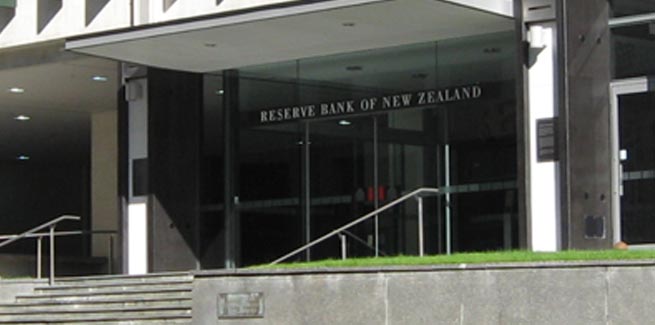Christian Hawkesby, deputy governor of the Reserve Bank of New Zealand (RBNZ), or Te Pūtea Matua, confirmed last week that the organisation would add debt-to-income (DTI) controls to its regulatory framework.
RBNZ had completed a consultation with the Kiwi lending industry and general public on the idea, after it indicated that it wanted to prepare to clamp down on high-risk lending if needed, amid soaring debt levels and house prices.
The consultation had also explored debt serviceability restrictions, looking at a floor on the test interest rates used by banks in their serviceability assessments.
The RBNZ had already deployed loan-to-value ratio (LVR) curbs last year, which limit the amount of loans banks can issue with an LVR above 80 per cent to a tenth of all new mortgages across both owner-occupiers and investors.
The LVR restrictions had been reintroduced to the market after a temporary removal through the first year of the pandemic.
In panel remarks to the Central Bank of Ireland, Mr Hawkesby stated that some banks had expressed a preference for a floor on test interest rates instead of a restriction on DTI, saying a floor would be much easier to administer and achieve the same results.
But the RBNZ is leaning towards a DTI curb.
“We feel that a DTI produces a better control of the probability of default as a complement to the reduction in loss given default provided by existing LVR restrictions,” Mr Hawkesby said.
“By contrast, test interest rates are only one input into banks’ serviceability assessments, and there is a risk that a test rate floor could be offset by adjustments to other elements of banks’ calculations.
“However, an interim test rate floor could be put in place in the short term if necessary to address financial stability risks.”
The RBNZ is looking for banks to ready to introduce a debt servicing tool by mid-2023, if they are required.
According to Mr Hawkesby, it had become apparent to the central bank that it needed a “full set of tools to better manage risks”.
“With all of these tools in place, LVRs, DTIs, interest rate floors, and enhanced prudential buffers, we would have a number of different ways of enhancing the resilience of the New Zealand financial system to deal with different challenges as they appear,” he said.
The LVR restrictions had helped to reduce the likelihood of defaults in a period of widespread defaults on mortgage lending, he said, with DTI tools expected to help further.
Debt relative to income had been steadily increasing in New Zealand over the last 35 years, with fears that households are still vulnerable to falls income, which would affect their ability to repay debt.
“As with LVR restrictions, we see DTI measures as policies aimed at reducing through-the-cycle risks,” Mr Hawkesby said.
“And indeed DTIs might well be better at managing such risks, as income tends to vary much less through the financial cycle than the value of houses.”
However, the LVR restrictions had a “modest” impact on house prices, compared to raising the cash rate, he added.
Mr Hawkesby also explained that the central bank will need to continue developing its thinking and communications on macroprudential policy tools – to ultimately give lenders a clear path for the long term.
The RBNZ also wants the public to understand why its policy tools are being used.
“With potentially more macroprudential tools available as part of a full suite, we will also need to consider and explain how they combine in total to a neutral long-term setting to support financial stability through the cycle,” Mr Hawkesby said.
“All of these considerations are part of the building blocks we need to put macroprudential policy on an equal analytical footing with monetary policy, and to find the rhythm of following a consistent, repeatable process backed by clear and transparent communication.”
The central bank also lifted its cash rate by 50 bps in April, taking it to 1.5 per cent. The move was the fourth consecutive rise for the country’s rate and the largest since May 2000.
Meanwhile, in Australia, three of the big four banks have speculated the Reserve Bank of Australia (RBA) is set to raise the cash rate at its meeting this week, after it was revealed annual inflation was at a 22-year high.
[Related: ‘No choice’ for RBA: Industry tips May rate hike]

